As the monsoon showers gently caress the Indian subcontinent, bringing with them a sense of renewal and festivity, hearts across the nation begin to anticipate one of the most cherished celebrations of the year: Rakshabandhan. More than just a festival, Rakshabandhan is a vibrant tapestry woven with threads of love, protection, and unwavering familial bonds. In Rakshabandhan 2025 Date, this auspicious occasion falls on Saturday, August 9th. Mark your calendars, as this day promises to be filled with heartfelt rituals, joyous reunions, and the strengthening of a bond that truly transcends all boundaries.
The Essence of Rakshabandhan: More Than Just a Thread
The very name “Raksha Bandhan” is deeply symbolic. “Raksha” translates to protection, and “Bandhan” signifies a bond or tie. Together, it embodies the promise of protection that brothers offer to their sisters, as well as the fervent prayers sisters offer for their brothers’ well-being and prosperity. Rakshabandhan 2025 Date. While traditionally focused on the brother-sister relationship, the spirit of Rakshabandhan extends far beyond biological ties, embracing cousins, friends, and even those who share a bond akin to siblings, regardless of blood relation. It’s a day that reaffirms the importance of family, love, and mutual respect within society.
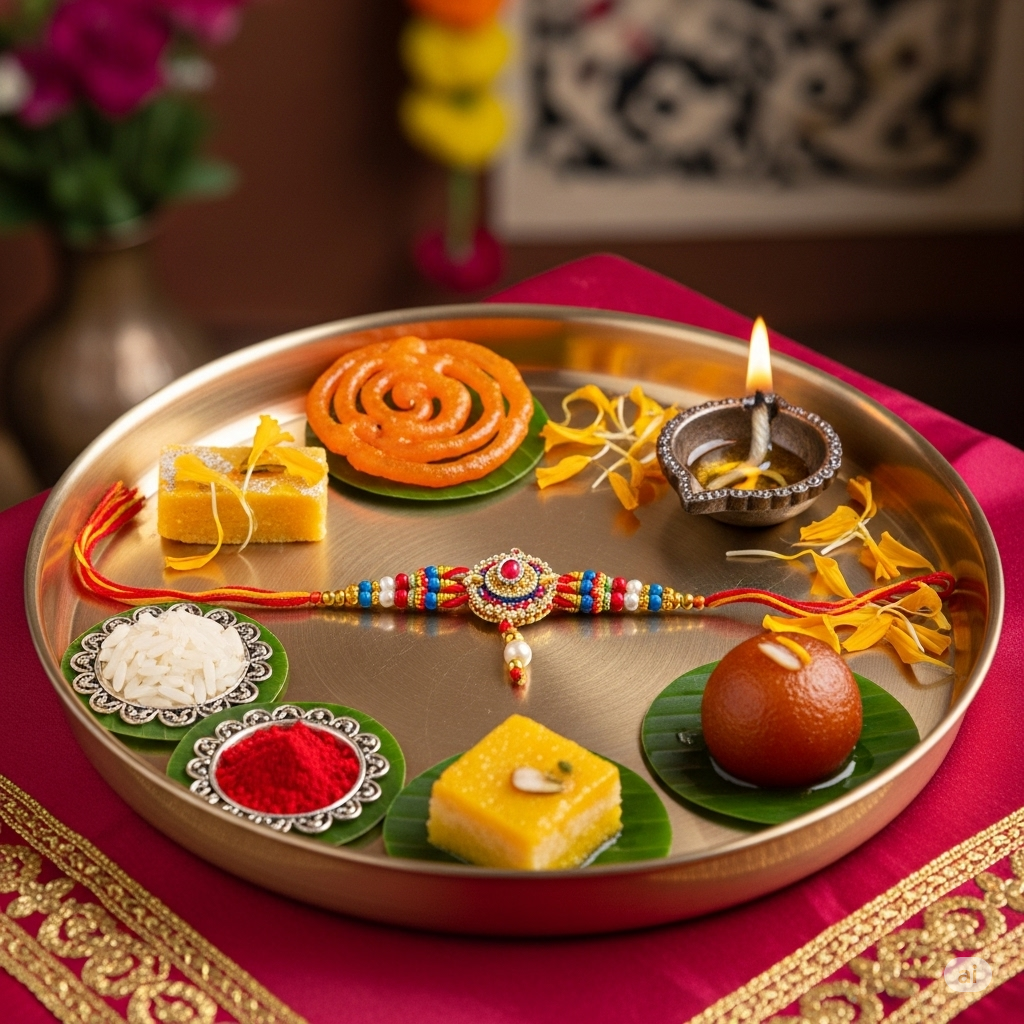
Rakshabandhan 2025 Date: Date and Auspicious Timings
Understanding the precise timings for performing the Rakhi ritual is crucial for many devout families. In 2025, Rakshabandhan will be celebrated on Saturday, August 9th.
Here are the key timings to note for Rakshabandhan 2025 Date:
- Purnima Tithi Begins: August 8, 2025, at 2:12 PM
- Purnima Tithi Ends: August 9, 2025, at 1:24 PM
- Auspicious Time to Tie Rakhi: 5:39 AM to 1:24 PM on August 9, 2025
It is generally advised to avoid the Bhadra period, which is considered inauspicious for tying the Rakhi. For Rakshabandhan 2025 Date, the Bhadra period concludes well before the main ritual timings, ensuring a smooth and propitious celebration. Always consult a local Panchang or an experienced priest for the most accurate and precise timings in your specific region.
The Sacred Ritual: A Step-by-Step Guide
The beauty of Rakshabandhan lies in its simple yet profound rituals that are steeped in tradition and emotion. Here’s a general outline of how the day unfolds:
- Preparation of the Puja Thali: Sisters meticulously prepare a “puja thali” (prayer plate) containing all the essential items: a colourful Rakhi, kumkum (vermilion), chawal (rice grains), sweets, a small diya (lamp), and incense sticks. Some also include a small coconut or betel nuts as an offering. Image Prompt: A sister gently tying a decorative Rakhi on her brother’s wrist, both smiling, with a beautifully decorated thali nearby.
- The Tilak Ceremony: The ritual begins with the sister applying a “tilak” (a mark on the forehead) of kumkum and rice grains on her brother’s forehead. This symbolizes her blessings and prayers for his long life, prosperity, and well-being.
- Tying the Rakhi: This is the heart of the ceremony. The sister then ties the sacred Rakhi thread around her brother’s right wrist. As she ties it, she silently (or sometimes aloud) offers prayers for his protection, success, and happiness. The Rakhi is not just a thread; it’s a symbolic shield of love and care.
- Aarti and Sweet Exchange: After tying the Rakhi, the sister performs “aarti” by circling the lit diya around her brother’s face, wishing away all evils and negativity. Following this, she offers him a piece of sweet, symbolizing the sweetness of their relationship. The brother, in turn, usually reciprocates by feeding his sister a sweet.
- Exchange of Gifts and Promises: The brother then presents his sister with a gift, a token of his love and appreciation. More importantly, he reiterates his solemn promise to protect her from all harm and stand by her through thick and thin. This exchange of gifts and promises solidifies the unspoken pact of love and support between them. Image Prompt: A brother handing a wrapped gift to his sister after the Rakhi ceremony, both looking happy.
- Family Feast and Celebrations: The rituals are often followed by a special family meal, where everyone gathers to enjoy delicious traditional delicacies and spend quality time together, filled with laughter, conversations, and reminiscences.
The Historical and Mythological Tapestry of Rakhi
The origins of Raksha Rakshabandhan 2025 Date are steeped in various ancient legends and historical events, highlighting its enduring significance:
- Indra and Indrani: One popular legend from the Bhavishya Purana narrates how Lord Indra, the king of the gods, was facing a difficult battle against the demon King Bali. His wife, Indrani, tied a sacred thread (a precursor to the Rakhi) around his wrist for his protection and victory. This act is believed to have empowered Indra to defeat Bali, signifying the protective power of the sacred thread.
- King Bali and Goddess Lakshmi: Another tale revolves around King Bali and Lord Vishnu. After Lord Vishnu conquered the three worlds from King Bali, Bali requested Vishnu to reside in his palace. Goddess Lakshmi, Vishnu’s wife, was unhappy with this arrangement. Disguised as a Brahmin woman, she approached King Bali on the full moon day of Shravan and tied a Rakhi on his wrist. Touched by her gesture, King Bali asked what her wish was. Lakshmi then revealed her true identity and requested Vishnu to return to his abode. Bali, bound by the sacred thread, obliged her wish.
- Krishna and Draupadi: In the epic Mahabharata, a poignant story illustrates the bond between Lord Krishna and Draupadi. When Krishna accidentally cut his finger, Draupadi immediately tore a piece of her sari and bandaged his wound. Deeply moved by her selfless act, Krishna promised to protect her forever. He fulfilled this promise during the infamous dice game when Draupadi was being disrobed, coming to her rescue.
- Rani Karnavati and Emperor Humayun: A historical account speaks of Rani Karnavati of Chittor, who, facing an invasion by Bahadur Shah of Gujarat, sent a Rakhi to Emperor Humayun, seeking his protection. Despite religious differences, Humayun, recognizing the sanctity of the Rakhi, immediately set out with his troops to aid her, though he arrived too late to save Chittor. This story underlines the power of the Rakhi to transcend religious and political boundaries.
These narratives underscore the deep-rooted cultural and spiritual significance of Raksha Bandhan, solidifying its place as a festival of protection, devotion, and unwavering commitment.
Beyond Blood Relations: The Evolving Spirit of Rakhi
While the traditional essence of Rakshabandhan 2025 Date centers around brothers and sisters, its modern interpretation has broadened to embrace a more inclusive understanding of familial bonds. Today, it’s common to see:
- Sisters tying Rakhis to Sisters: Celebrating the strong bond and support system between female siblings.
- Friends tying Rakhis to Friends: Acknowledging and cherishing platonic bonds of protection and care.
- Individuals tying Rakhis to Social Workers/Soldiers: Expressing gratitude and prayers for those who protect society at large.
This evolution reflects the adaptable nature of Indian traditions, where the core values of love, respect, and protection remain, even as the ways of celebrating expand to encompass a wider spectrum of relationships
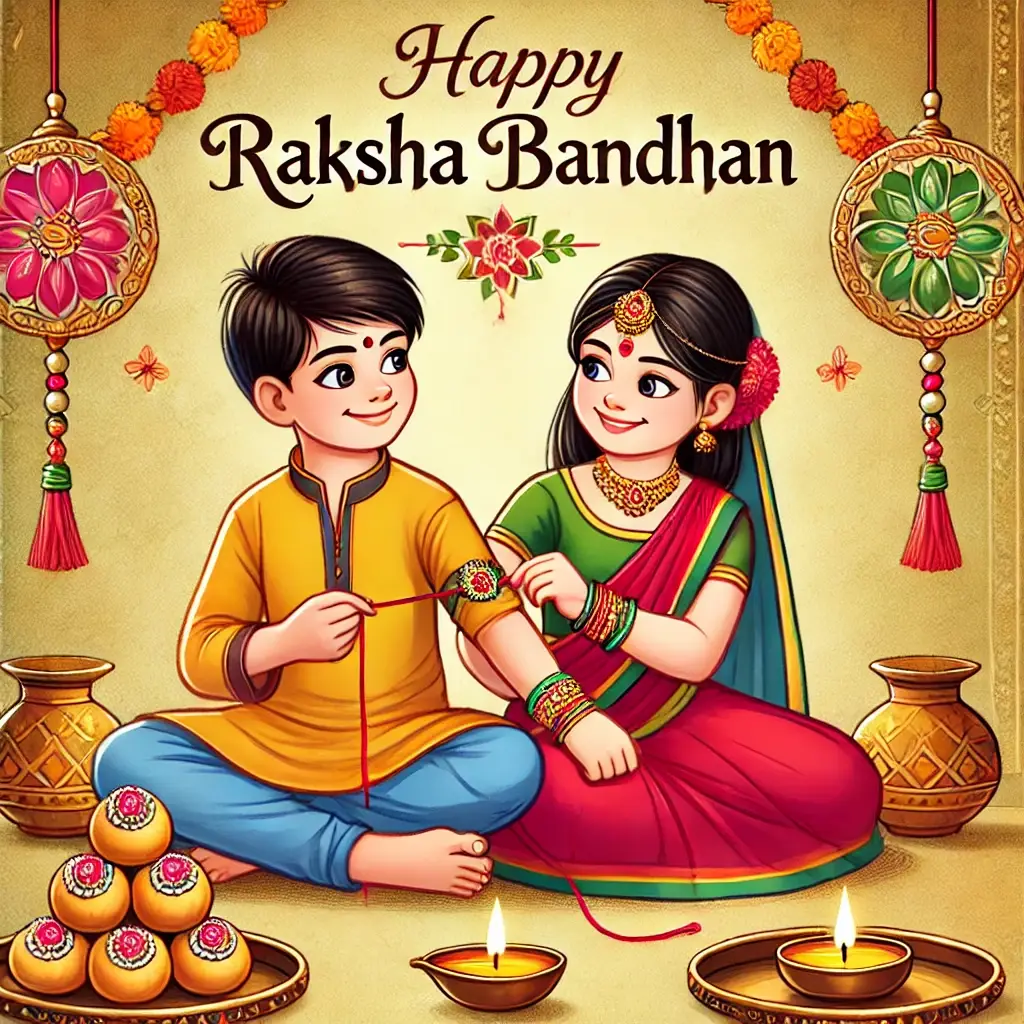
Rakshabandhan 2025 Date Across India: A Kaleidoscope of Traditions
While the core ritual of tying the Rakhi remains central, the celebrations of Rakshabandhan exhibit fascinating regional variations across India:
- North India: In states like Uttar Pradesh, Rajasthan, Punjab, and Haryana, Raksha Bandhan is celebrated with immense fervor. Markets brim with colorful Rakhis, and elaborate family gatherings are common, accompanied by traditional sweets like ghevar, pheni, and laddoo.
- West India: In Maharashtra, Raksha Bandhan often coincides with Nariyal Purnima (Coconut Day). On this day, tying Rakhis, offerings of coconuts are made to the sea god Varuna, particularly by fishing communities, as they pray for a safe and prosperous fishing season. In Gujarat, the festival might also be referred to as Pavitropana, where devotees worship Lord Shiva and seek his blessings.
- East India: In West Bengal, Raksha Bandhan is sometimes celebrated alongside Jhulan Purnima, a festival dedicated to Lord Krishna and Radha, involving swings decorated with flowers. In Odisha, it’s known as Gamha Purnima, where cattle are worshipped, alongside the sibling rituals.
- South India: While the Rakhi tying tradition might not be as widespread as in the North, the spirit of protection and renewal is observed. In some parts, especially among the Brahmin community in states like Tamil Nadu and Kerala, the day is known as Avani Avittam or Upakarma. This is a significant day for Brahmins to change their sacred thread (Yagnopaveetam) and renew their commitment to Vedic studies.
These regional nuances add to the rich tapestry of Raksha Bandhan, showcasing the incredible cultural diversity of India while retaining the universal message of love and protection.
Rakhi Gifts: More Than Just Material Possessions
The exchange of gifts on Rakshabandhan 2025 Date is a joyful tradition. While gifts are certainly appreciated, their true value lies in the sentiment they carry. For sisters, popular gifts from brothers often include:
- Jewellery: A timeless classic, ranging from delicate pendants to statement earrings.
- Fashion Accessories: Handbags, scarves, watches, or trendy apparel.
- Personalized Gifts: Mugs, photo frames, or cushions with custom messages or pictures that evoke cherished memories.
- Books or Gadgets: Tailored to her interests, showing thoughtfulness.
- Spa Vouchers or Experience Gifts: Offering relaxation and enjoyment.
- Cash or Vouchers: Allowing her the freedom to choose something she truly desires.
For brothers, sisters often put thought into gifts like:
- Wallets or Accessories: Stylish and practical items.
- Grooming Kits: High-quality products for his self-care.
- Books or Hobby-Related Items: Catering to his passions.
- Watches or Gadgets: A sophisticated touch.
- Personalized Items: Engraved pens, keychains, or mugs.
- Homemade Sweets or Dishes: A heartfelt culinary gesture.
Ultimately, the best gift is one that comes from the heart, reflecting the unique bond shared between siblings. It’s the thought, effort, and love behind the gift that truly matters.
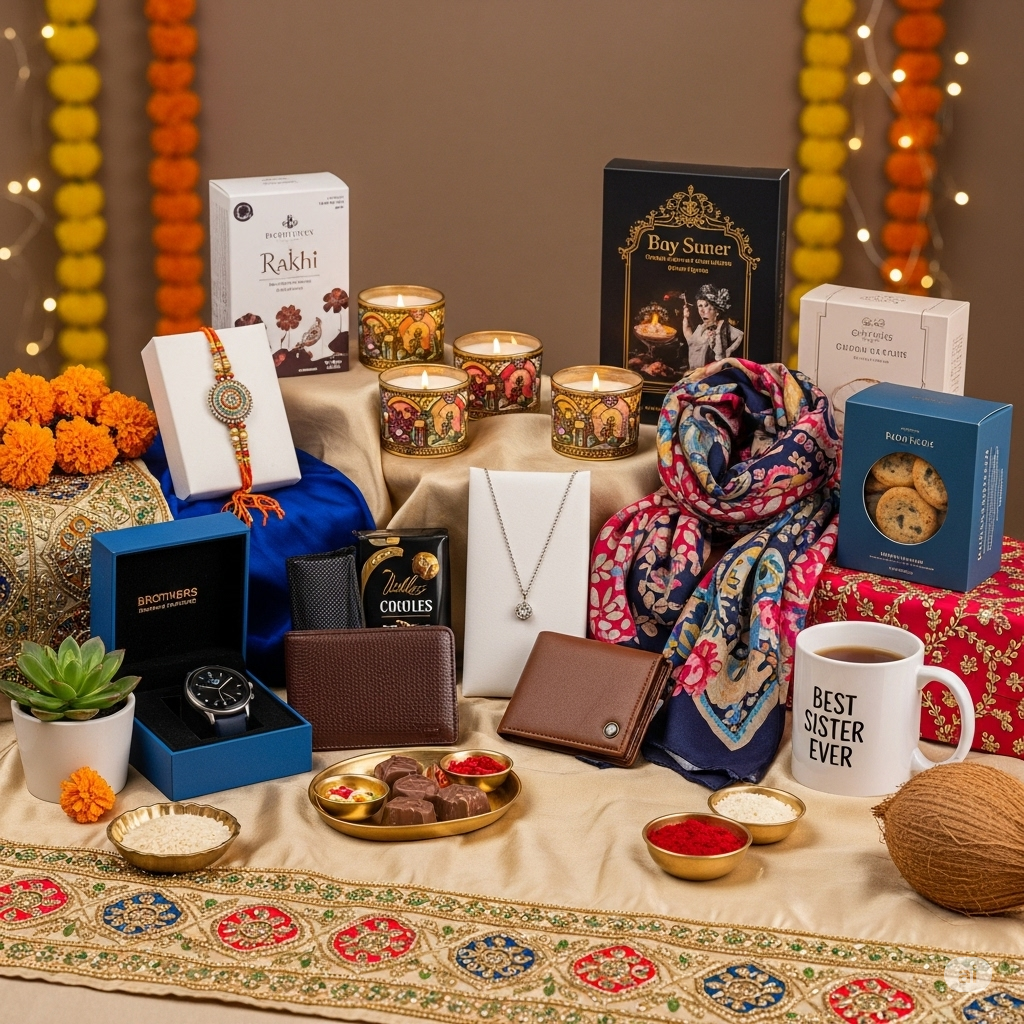
Keeping the Spirit Alive: Distance is No Barrier
In today’s globalized world, many siblings live far apart, across cities, states, or even countries. However, geographical distance is no longer a barrier to celebrating Rakshabandhan 2025. Technology has made it easier than ever to bridge the gap:
- Sending Rakhis by Post/Courier: Beautiful Rakhis and gift hampers can be sent well in advance to reach siblings on time.
- Video Calls and Virtual Celebrations: Many families connect via video calls to perform the rituals virtually, share moments, and witness the tying of the Rakhi even from afar.
- Online Gift Deliveries: E-commerce platforms offer a vast array of Rakhi gifts that can be delivered directly to a sibling’s doorstep.
These modern adaptations ensure that the spirit of Rakshabandhan 2025 Date continues to thrive, keeping sibling bonds strong despite physical separation.
Conclusion: A Timeless Celebration of Sibling Love
Rakshabandhan is more than just an annual festival; it’s a reaffirmation of one of the purest relationships known to humankind. It’s a day when siblings pause to celebrate their unique bond, express their love, and renew their vows of protection and support. As Rakshabandhan 2025 Date approaches on Saturday, August 9th, let us all embrace the joy, love, and traditional significance of this beautiful festival. Whether you’re celebrating with elaborate rituals, heartfelt gifts, or a simple phone call, remember that the true essence of Rakhi lies in the enduring, unbreakable bond between a brother and a sister, a bond that truly lasts a lifetime.

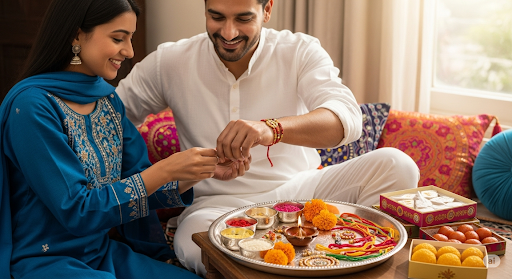
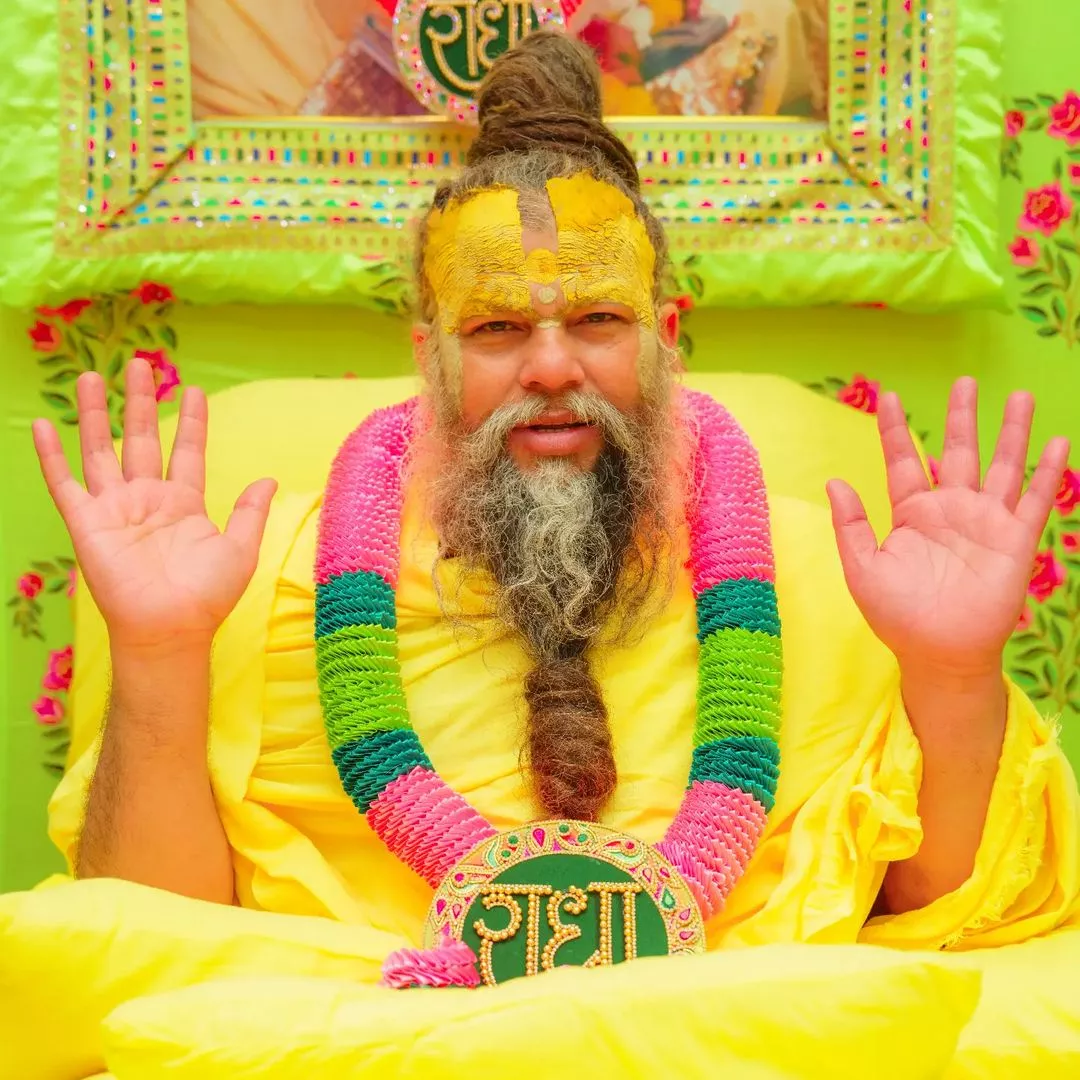

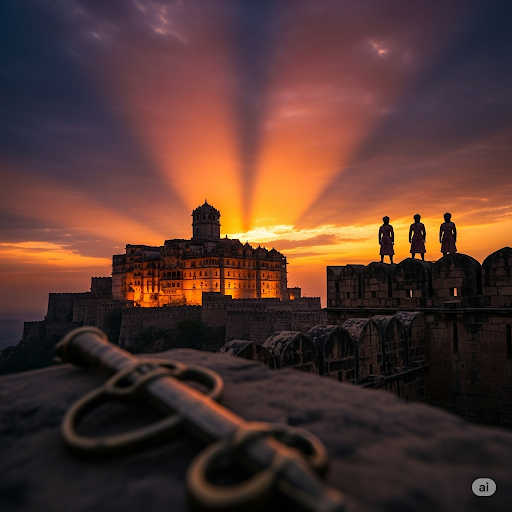


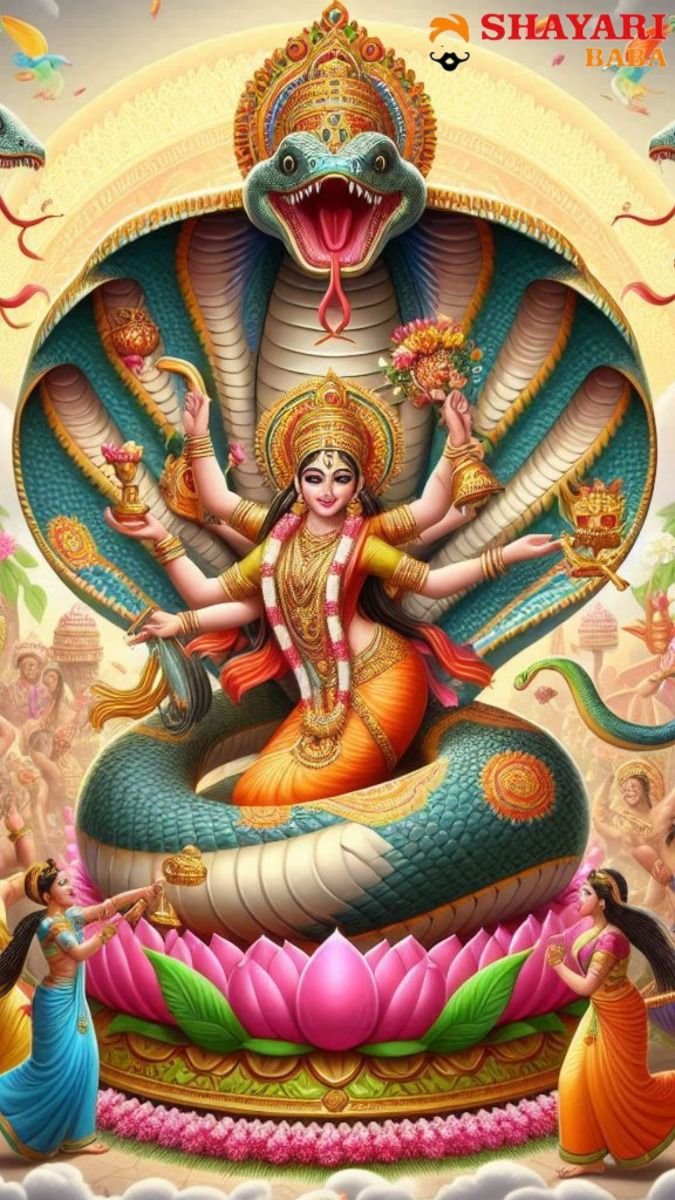
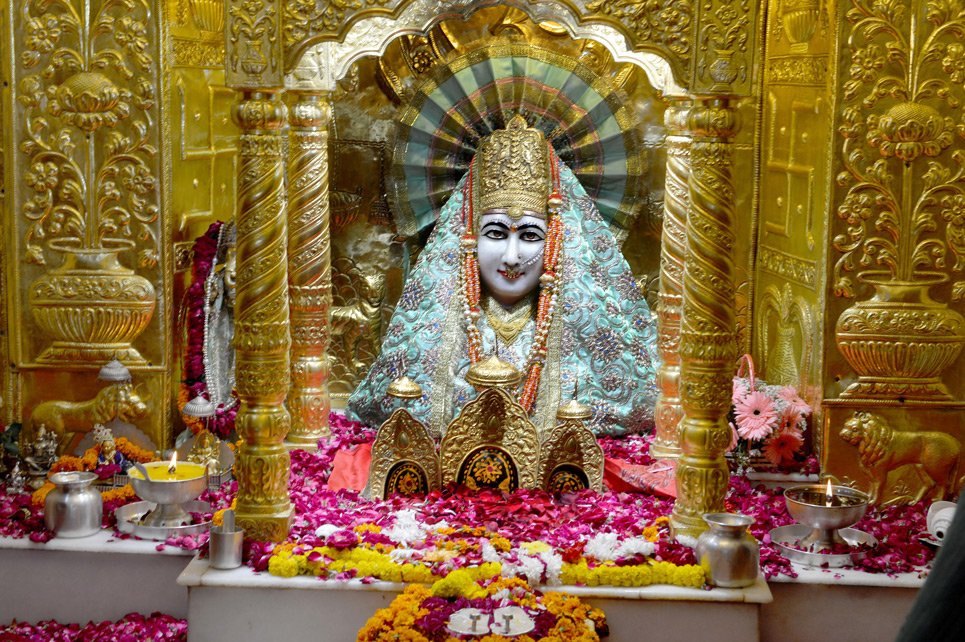

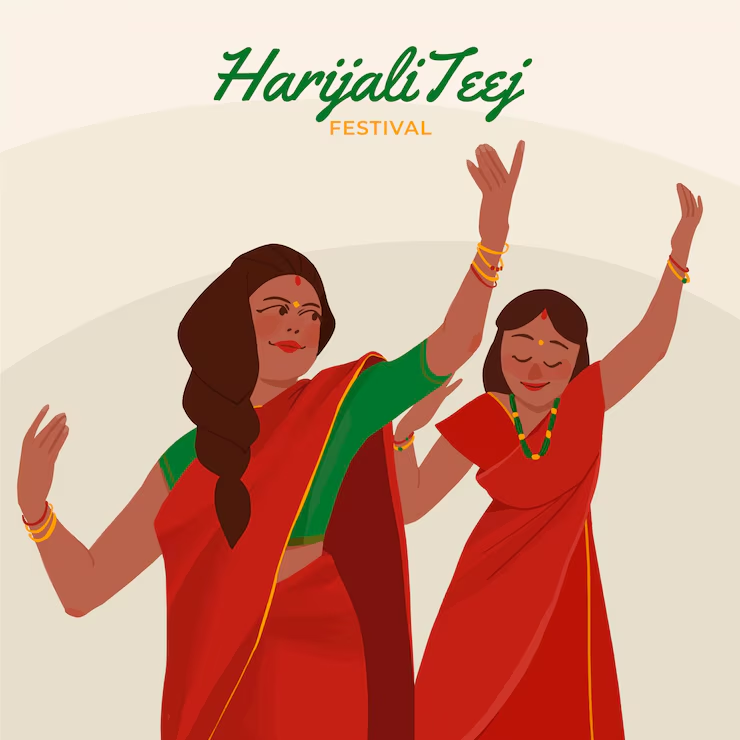

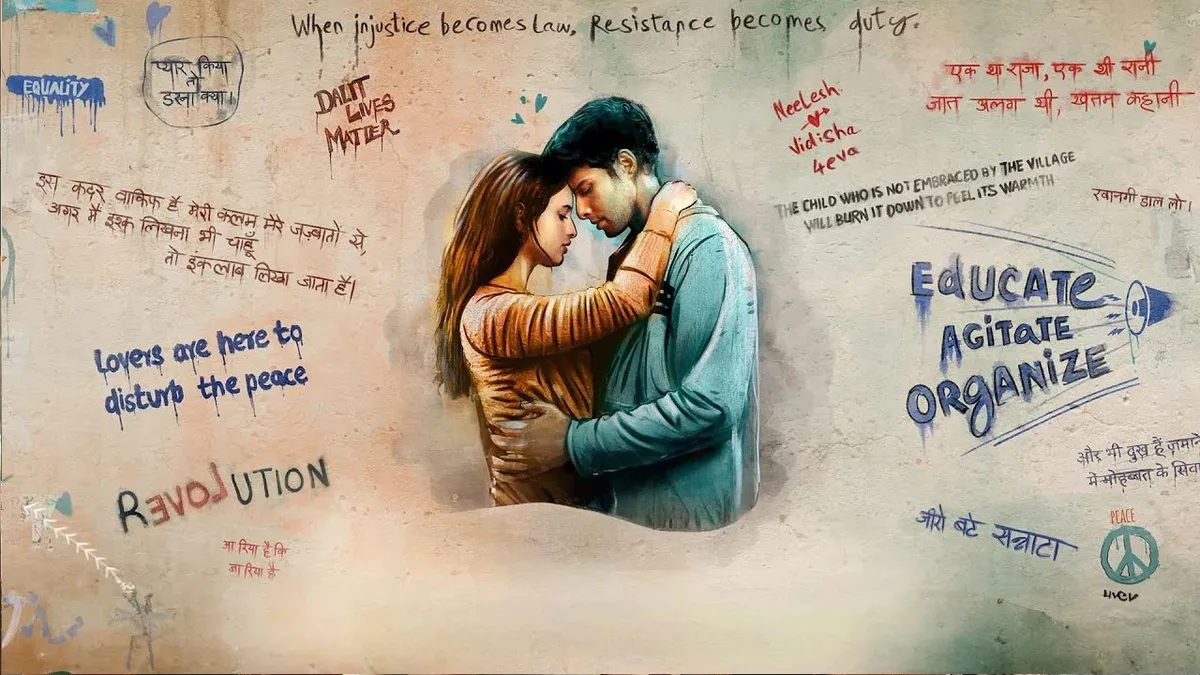

Leave a Reply